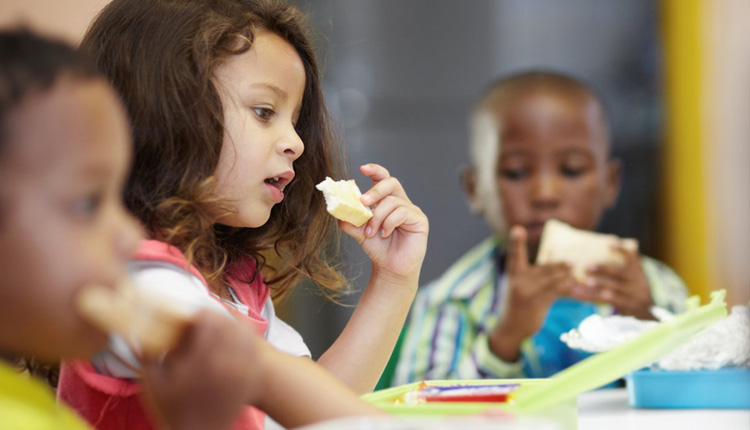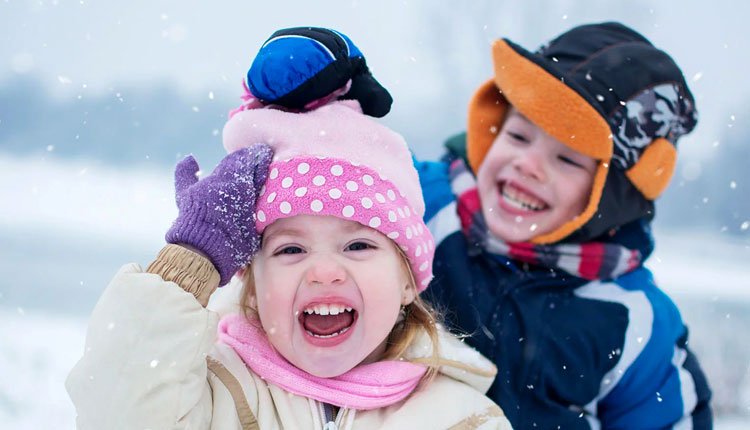Sun safety: why it’s important
Too much sun can lead to sunburn, skin damage, eye damage, skin cancer and a weakened immune system.
Your child’s body needs some sun to help make vitamin D, which is important for things like strong bones and muscles. This can be as little as a few minutes per day. But children and teenagers also need to be protected when they’re in the sun.
Sun safety at different times of year and day
Sun protection needs change at different times of year and different times of day. That’s because ultraviolet (UV) radiation varies during the year and across Australia depending on the season.
UV radiation levels are highest between about 9 am and 4 pm, depending on where you are in Australia and the time of year. When the UV radiation level is 3 or above:
- keep children under 12 months out of direct sun
- make sure children over 12 months are protected from the sun.
And note that you can be exposed to UV radiation even if it isn’t a sunny day. This means you can get burned on a cloudy or cool day, or if sun reflects on to you from buildings, water, sand or snow.
Shade
Shade gives you some protection from UV radiation. Dense shade that creates a dark shadow is best.
But UV can still reach you in the shade. So even if you’re sitting in the shade, make sure you and your child wear protective clothing, including sunglasses and a broad-brimmed hat. Use sunscreen on any exposed skin.
If you can’t find shade, make your own using an umbrella or sunshade.
If you’re using a pram, cover it with the pram’s canopy or shade cloth, but ensure that air can get through to your child. Never cover a pram with a wrap or blanket because these can restrict airflow and increase the pram’s temperature to dangerous levels.
When you’re travelling in the car with younger children, stick shades on side windows to protect your child.
Protective clothing, hats and sunglasses
Here are some things to think about when you’re looking for sun-protective clothing:
- Sun-protective clothing with an ultraviolet protection factor (UPF) rating of 50+ gives your child the best protection from the sun.
- Tightly woven fabric helps protect skin from the sun. Hold the fabric up to the light to see how much sun gets through. If the fabric lets a lot of light through, it’ll probably let a lot of UV through too.
- Long sleeves and long pants cover up more skin. Elbow-length sleeves and knee-length shorts are best if it’s too warm for full-length clothing.
- Wetsuits and rash vests are a great way to protect your child and yourself from the sun when they’re swimming or doing other water activities.
- Cotton clothing is cooler than clothing made from acrylic fibers.
- Loose-fitting clothing is cooler.
Hats
A hat protects your child’s face, neck and ears from the sun’s UV. Bucket, broad-brimmed and legionnaire’s hats give the best protection. Caps aren’t recommended.
For babies, look for a soft hat that’s comfortable for your baby to wear while lying down. Straps will help keep the hat on your baby’s head. If the hat is secured with a long strap and toggle, make sure it has a safety snap. You can tie long straps or straps with toggles behind your baby’s head, or trim long straps so that they don’t become a choking or strangulation hazard.
Many babies and toddlers don’t like wearing hats – keep trying and eventually hats will become part of your child’s routine.
Sunscreen
Use a sun protection factor (SPF) 30 or higher, broad-spectrum, water-resistant sunscreen on faces, hands and any other parts of the skin that aren’t covered by clothes. Make sure to use plenty of sunscreen – many people don’t use enough, so they don’t get the protection they need.
Apply sunscreen at least 20 minutes before you go outside, and reapply it every two hours, even if the tube or bottle says four hours.
Make sure sunscreen is within its use-by date, and keep it stored in a cool, shady place under 30°C.
Remember that sunscreen filters UV radiation, but doesn’t completely block it out. You and your child need shade and sun-protective clothing too.
Sunscreen and babies
If your child is younger than six months of age, sunscreen isn’t recommended. When it’s not possible to keep your baby out of direct sunlight, shade, clothing and hats are the most important ways to provide protection.
Sunscreens labelled ‘for babies’ or ‘sensitive’ are less likely to cause skin irritation. Always test the sunscreen on a small area of your baby’s skin to check for any skin reactions.
Sunscreen and older children or teenagers
The best way to ensure that your older or teenage child wears sunscreen is to give them their own supply for using during outdoor activities like going to the beach, pool or park. For example, you could buy some smaller tubes of sunscreen for your child to put in their bag.
Some teenagers might find that some brands of sunscreen are better for acne-prone skin. Products labelled ‘non-comedogenic’ or ‘oil-free’ won’t clog pores.






